Video assistant referee: Replay reactionaries
The referee of the future is now
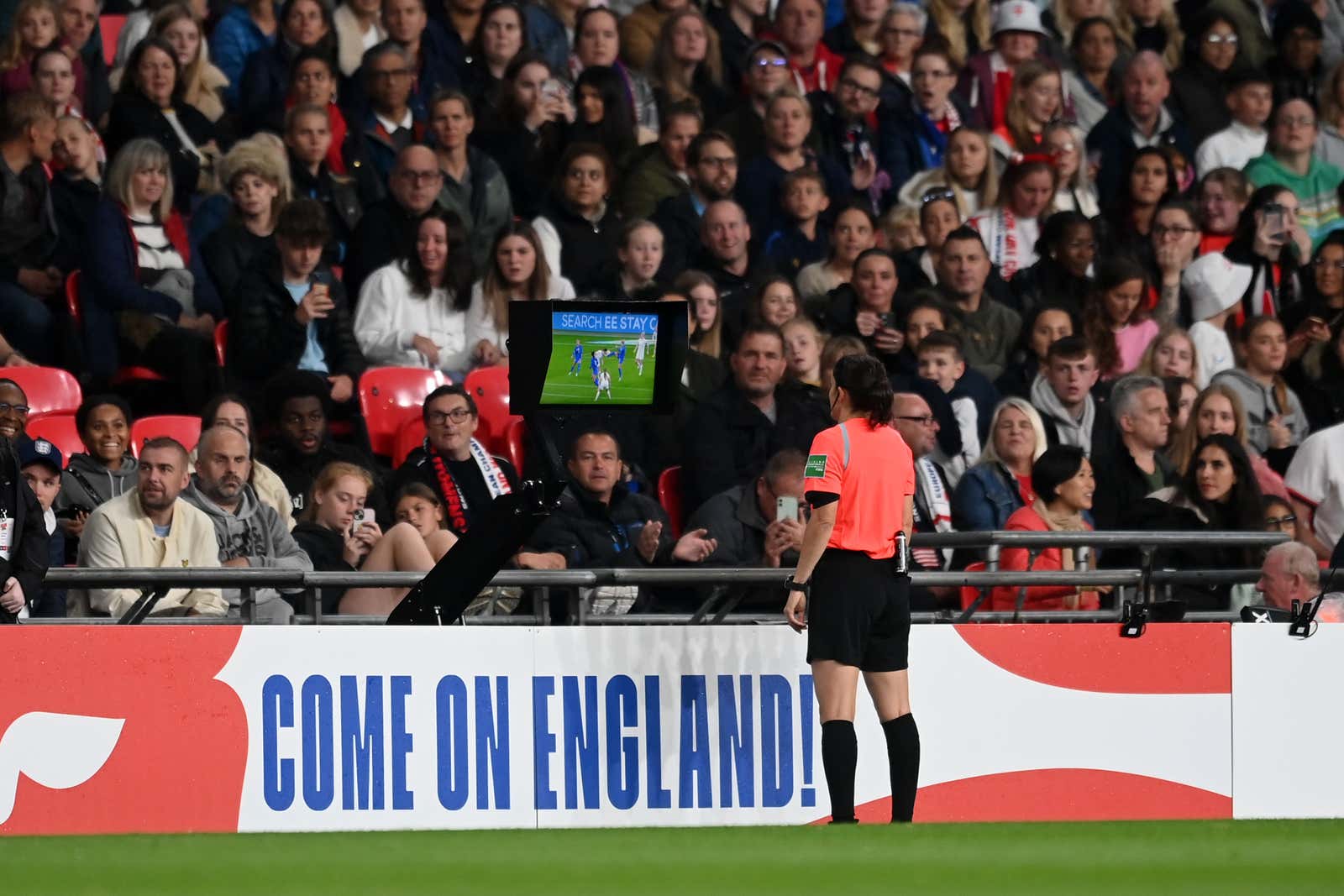
The referee of the future is now
Suggested Reading
The greatest sound in sports: An audible mass inhalation that silences a stadium when a soccer player strikes the ball, followed by an ecstatic roar if it hits the back of the net. Then, the referee taps their earpiece and waves off the goal. A camera had spotted some minor foul moments before the kick—the video assistant referee strikes again.
Related Content
VAR is a peculiar combination of human judgment and technology: Besides the official on the pitch and three more on the sidelines, another referee is watching the game on TV. If the video match official spots their on-field colleagues making a “clear and obvious error” in key situations, they can invite them to a pitchside monitor to view a replay and correct the decision.
If fixing mistakes sounds worthwhile, revisiting key calls can slow games and invite even more controversy over an official’s second judgment, especially if it involves a minuscule violation of the rules that never would have been called in the good old days. But, understandably, soccer’s governing bodies don’t want officials to be less informed than the average fan with a TikTok account.
And of course, the first goal in the 2022 Men’s World Cup, scored by Ecuador against hosts Qatar, was quickly overturned for the tiniest offside infraction by VAR. It’s likely just the first of many pedantic (and potentially game-changing) interventions from the replay booth.
Let’s review, closely.
By the digits
42: Number of cameras used by VAR officials at each game of the 2022 World Cup
30-120: Seconds of time added to soccer matches due to use of the VAR
98.3%: Share of decisions made correctly in the categories covered by VAR, a 6 percentage point improvement over referees alone
94%: Share of Premier League fans who say VAR had a negative impact on the sport in a 2021 survey
8: Penalties awarded because of VAR reviews at the 2018 World Cup
$3 million (€3.07 million): Expected price at auction for the soccer ball that Diego Maradona used his hands to score with during the 1986 World Cup
Kicker
VAR: Pros and Cons
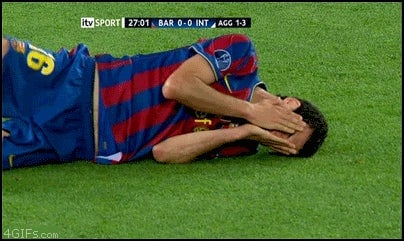
A bit of parochial history: At the 2002 World Cup, the US was trailing Germany 1-0 when an American player fired a shot at goal—and a German player blocked it with his hand. The referee would claim the German hadn’t intended to handle the ball (as this author screamed inside) but other officials would later say the official should have given the US a penalty and thrown out the offending German (ARHDKHSGHK!).
VAR solves this problem. No one else should have to bear this psychic burden—just ask an England supporter about the “Hand of God” goal, a blow from which the UK economy has yet to recover. Irish fans have one of these stories too, only it’s called the “Hand of Frog.”
Is avoiding errors like these worth seeing a goal pulled back due to painstaking pixel-by-pixel analysis of an offsides decision? I say yes, but others disagree.
Besides aesthetic concerns about aborted celebrations and long moments of ambiguity, VAR arguably alters the subjective nature of football refereeing—maybe that German handball wasn’t intentional! (It was.) In this argument, it’s fine for goals and offside calls to be reviewed, but most fouls shouldn’t be subjected to second- and third-guessing in slow-motion video.
Quotable
“I scored a goal but I didn’t know whether to celebrate or not. If there is a questionable party of the play, you don’t celebrate. It can make you look stupid.”
—Diego Costa, Spanish soccer star and notorious goon, in 2018.
Pop quiz
When can’t VAR intervene in a soccer game?
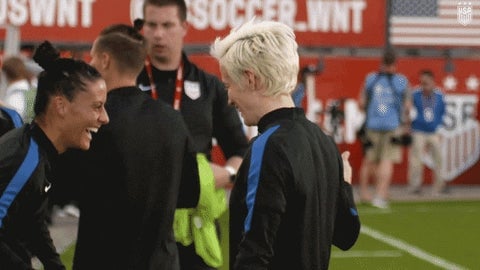
A. If a player is offsides more than fifteen seconds before a goal is scored
B. If the video review takes more than one minute after an incident.
C. If one player headbutts another when neither is involved in play.
D. To determine if a second yellow card was correctly given.
Your goal is to find the answer at the bottom.
Brief history
1863: The English Football Association codifies the rules of what would become the modern game of soccer.
1894: Thomas Edison makes the first film of a sporting event—a boxing match.
1898: The first soccer match known to be filmed takes place in England.
1986: The US National Football League becomes the first professional athletic competition with officials using video replay.
2012: Ball-tracking technology that alerts referees when a goal is scored is approved by the International Football Association Board, soccer’s official rule-making board.
2016: The first use of an IFAB-approved VAR is used during a friendly match between Dutch clubs PSV and FC Eindhoven.
2018: VAR awards its first penalty kick at the 2018 World Cup to eventual winner France.
2022: Semi-automated offsides calls are introduced at the 2022 World Cup.
Fun fact!
Hawk-Eye, the proprietary technology to track a ball with a video camera, was first developed for cricket in 1999 before being adapted for other sports.
Watch this!
The New Yorker looks back at how VAR would have changed past World Cup controversies. What’s a play you’d like to get a long-after-the-fact review process going for? Let us know.
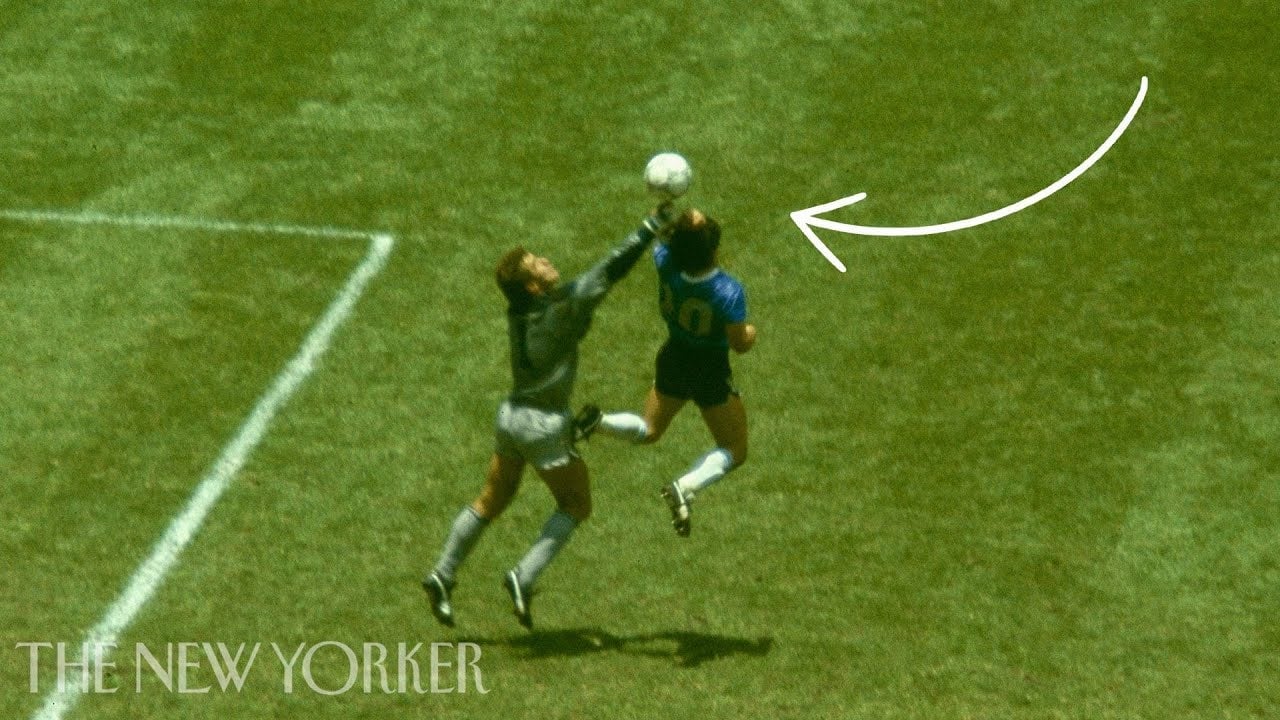
Take me down this 🐰 hole!
Soccer’s approach to instant replay is among the most polarizing in professional athletics. How do other sports use (or not use) video replay when officiating?
⚾ Baseball: At least once a game, US Major League Baseball lets coaches challenge umpire decisions, and plans to introduce automated strike calling in the near future after it succeeded in the minor leagues. Arguably, it can’t come soon enough, since TV broadcasts make quite clear how bad certain officials are at finding the strike zone.
🏀 Basketball: US National Basketball Association rules allow each team to challenge one call per game and force referees to review it. While the NBA has limited the use of reviews over several years of experimentation, some coaches want it done away with altogether.
🎾 Tennis: Three of the four major global tennis championships—The US Open, Wimbledon, and the Australian Open—use Hawk-Eye technology to spot if balls are in or out; the French Open, played on clay courts, does not. Vive la différence?
🏈 American football: The National Football League (unsurprisingly) has complex rules for replays: Coaches have two opportunities to challenge many, but not all, decisions, but only if they have a remaining time-out; referees decide whether to review plays that result in scores, turnovers, or take place in the last two minutes of a half. Bad calls are still changing games and prompting yet more proposals to alter replay reviews.
Poll
Will sports officiating ever be entirely automated?
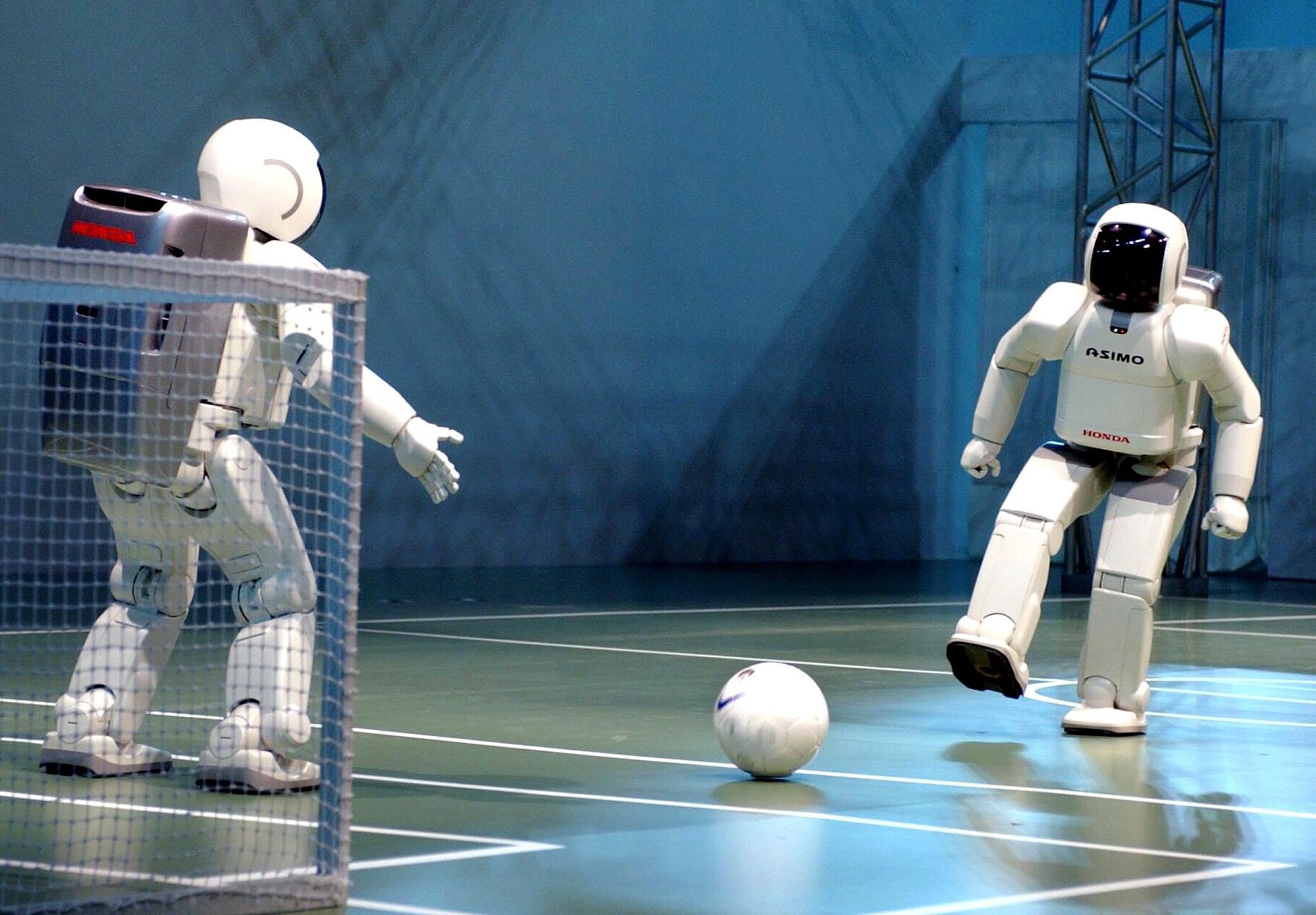
- No, have you seen what GPT-3 spits out?
- Yes, have you seen what GPT-3 spits out?
- No, the referee of the future is a cybernetically-augmented human.
💬 Let’s talk!
In last week’s poll about marbles, 37% of you said you’d been mibsters in your youth, 31% said you’d still be into it, and 33% preferred to just look at marbles in astonishment. Our Twitter and LinkedIn fans though, skewed highly in favor of mibstering, with 71% and 65%, respectively, proudly testifying that they’d played marbles as a child. Social media—the marbles of the internet age?
Tons of you wrote in with thoughts about what you see in this marble. Our favorites were from Helen (“An exotic fish eating a mandarin orange and raspberries while wearing a scuba mask”) and Dara (“A tropical fish swimming through coral while a moray eel lurks”). And Eva (“A purple eye, open wide at an unknown future, crying tears of blood)—should we be worried about you?
And our condolences to reader Don, whose marbles were stolen by a five-year-old kid, who ended up in jail and later on the Trump campaign. We hope they’re reading this now with a guilty conscience.
Today’s email was written by Tim Fernholz (GO GO USA), edited by Susan Howson (will wait until the Women’s World Cup, thanks!), and produced by Julia Malleck (wishes there were VAR for Twitter).
The correct answer to the quiz is D. To determine if a second yellow card was correctly given. VAR only gets involved in four things—goals, penalties, straight red cards, and mistaken identity—but there are no time limits for intervention.